MITS5003 Wireless Networks & Communication Assignment Solution 2019
VerifiedAdded on 2022/08/31
|9
|832
|15
Homework Assignment
AI Summary
This assignment solution covers key concepts in wireless networks and communication. It begins by exploring various modulation techniques including Amplitude Shift Keying (ASK), Frequency Shift Keying (FSK), and Phase Shift Keying (PSK), calculating the time required for signal transfer with different modulation levels. The solution then delves into the Multilevel Frequency Shift Keying (MFSK) and provides the formula for calculating frequency values. The assignment further investigates the Cyclic Redundancy Check (CRC) technique for error detection in data transmission, including its working algorithm. Additionally, the solution addresses a cellular communication problem, calculating mean occupied time, mean rate, and traffic intensity for multiple users. Finally, it discusses different cell shapes (square, circle, and hexagonal) used in cellular communication, highlighting the advantages of the hexagonal shape. References are provided for further reading on these topics.
1 out of 9
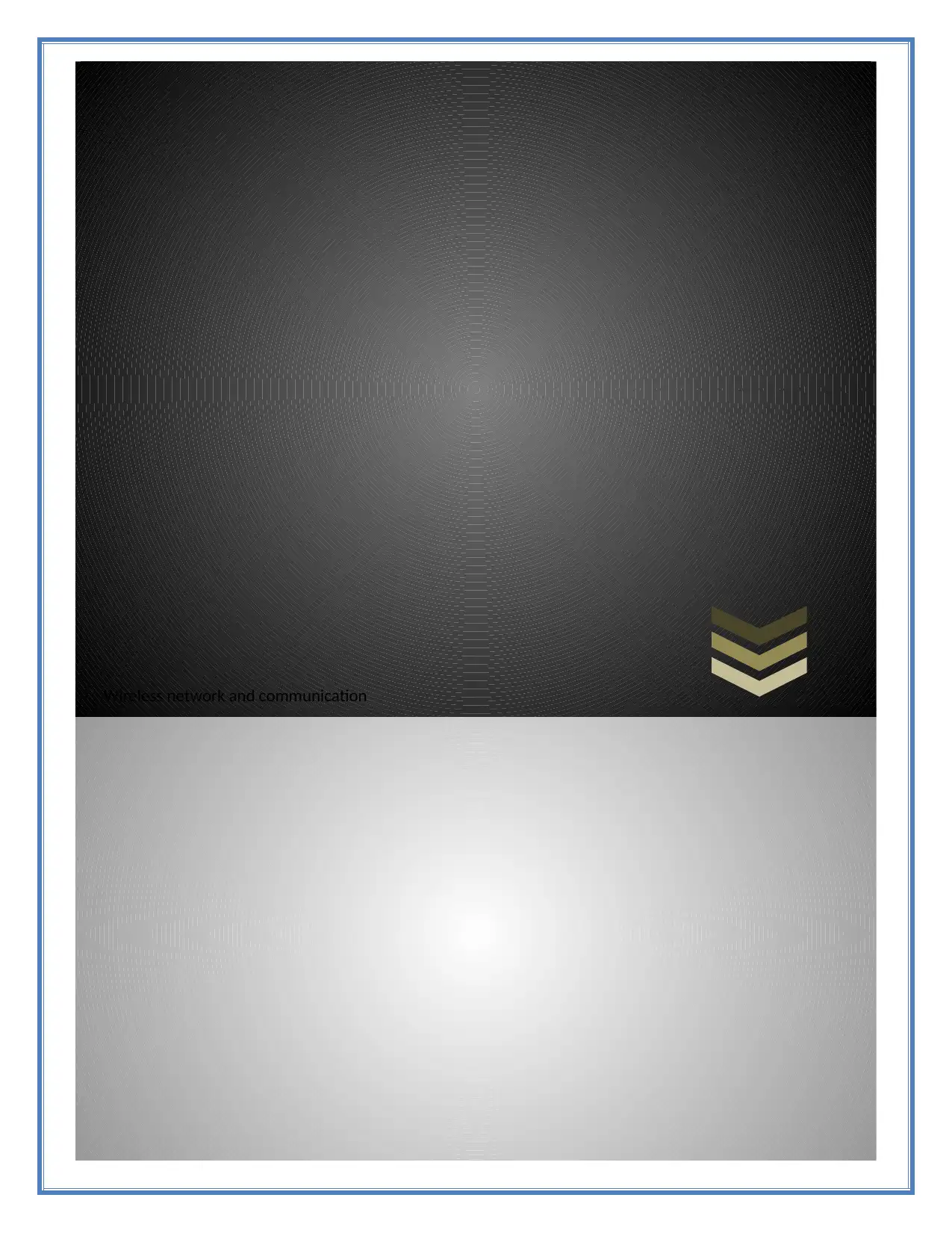




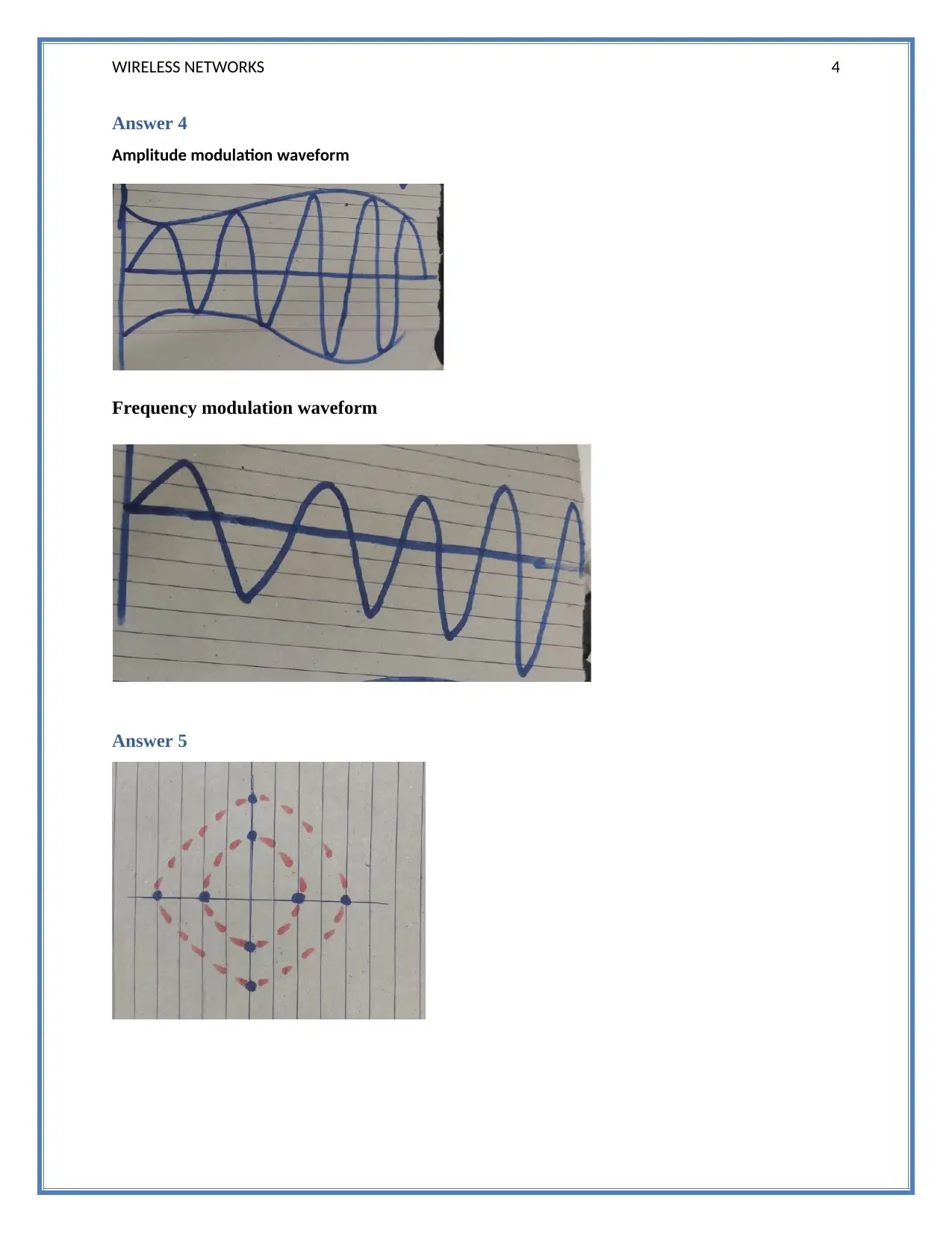
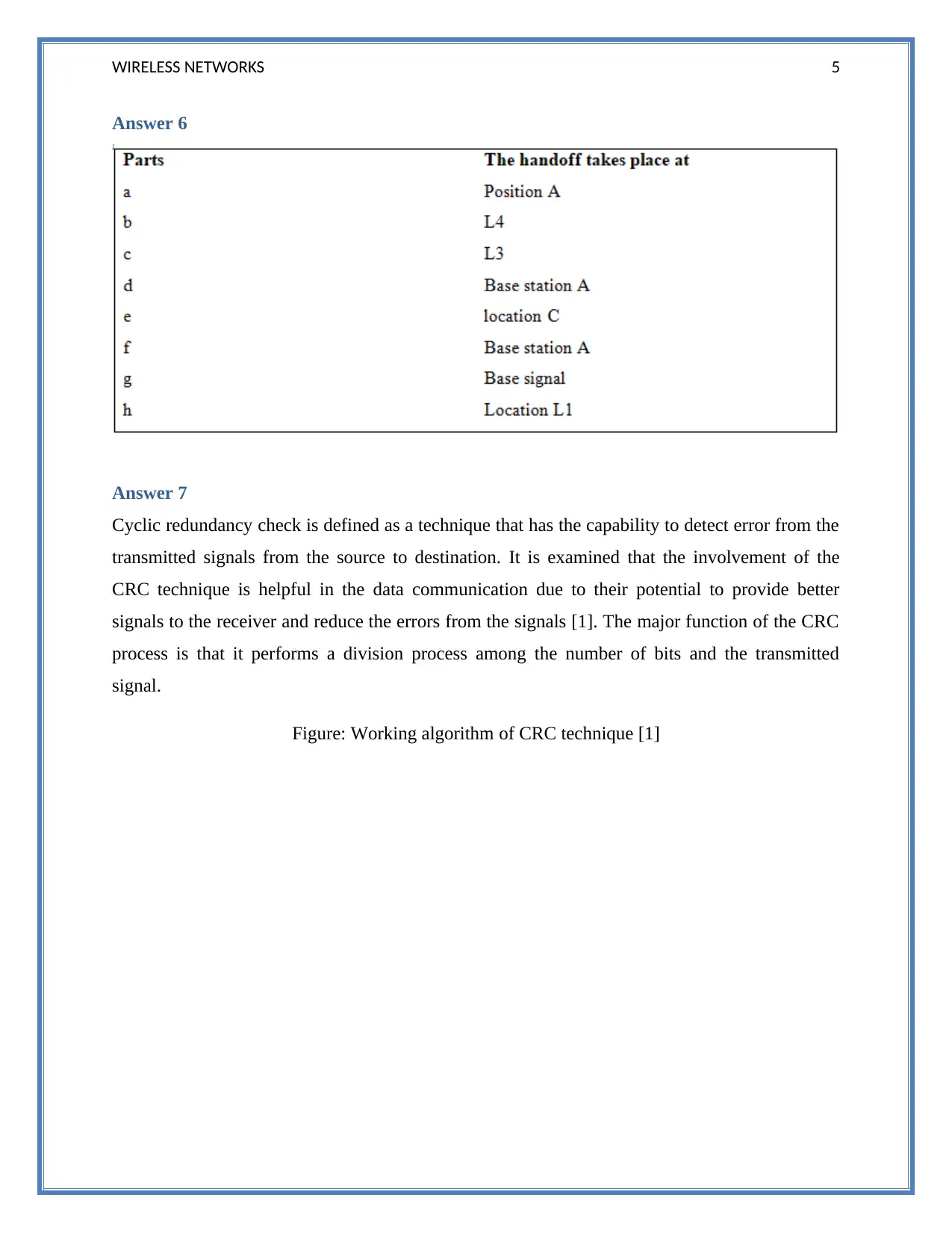
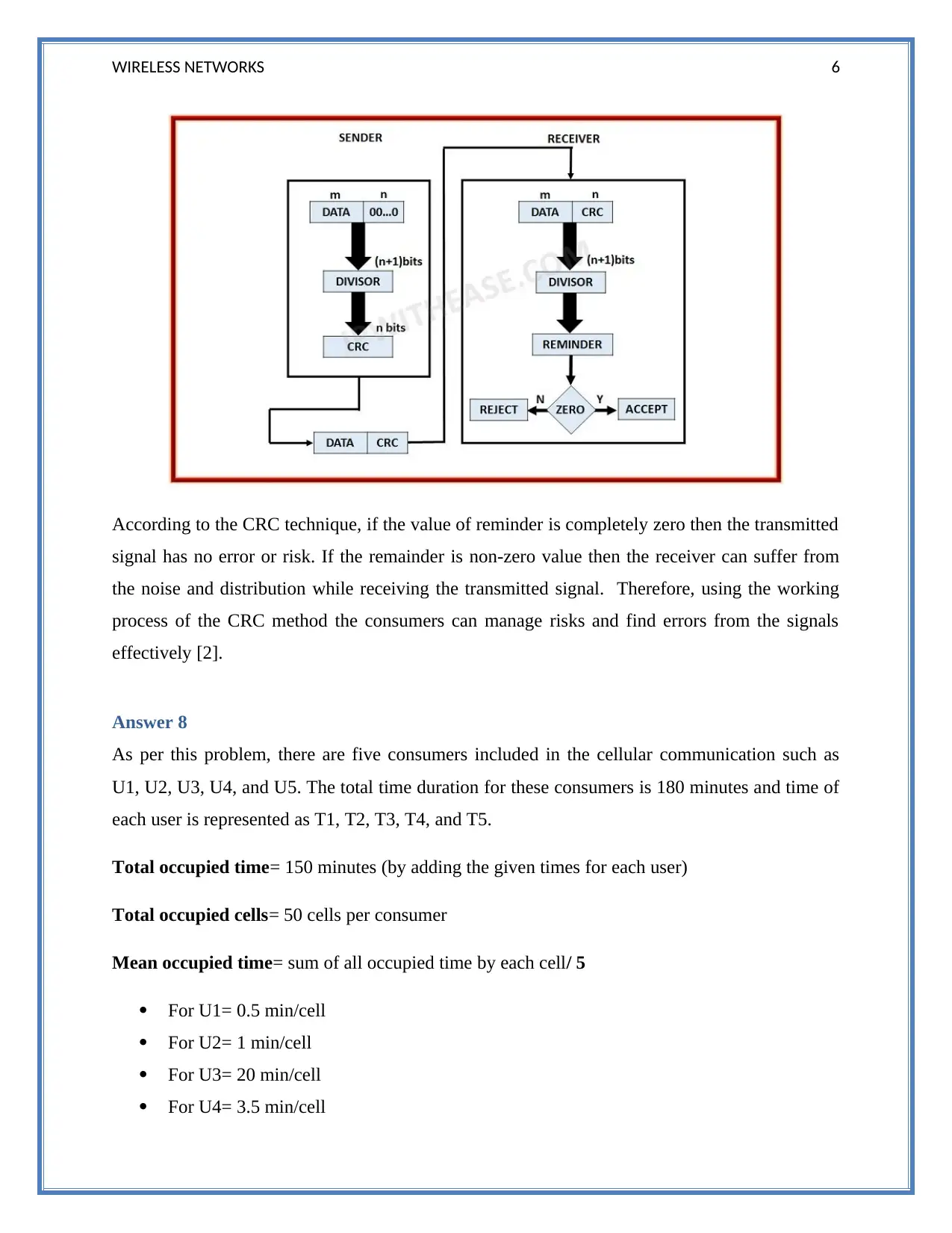
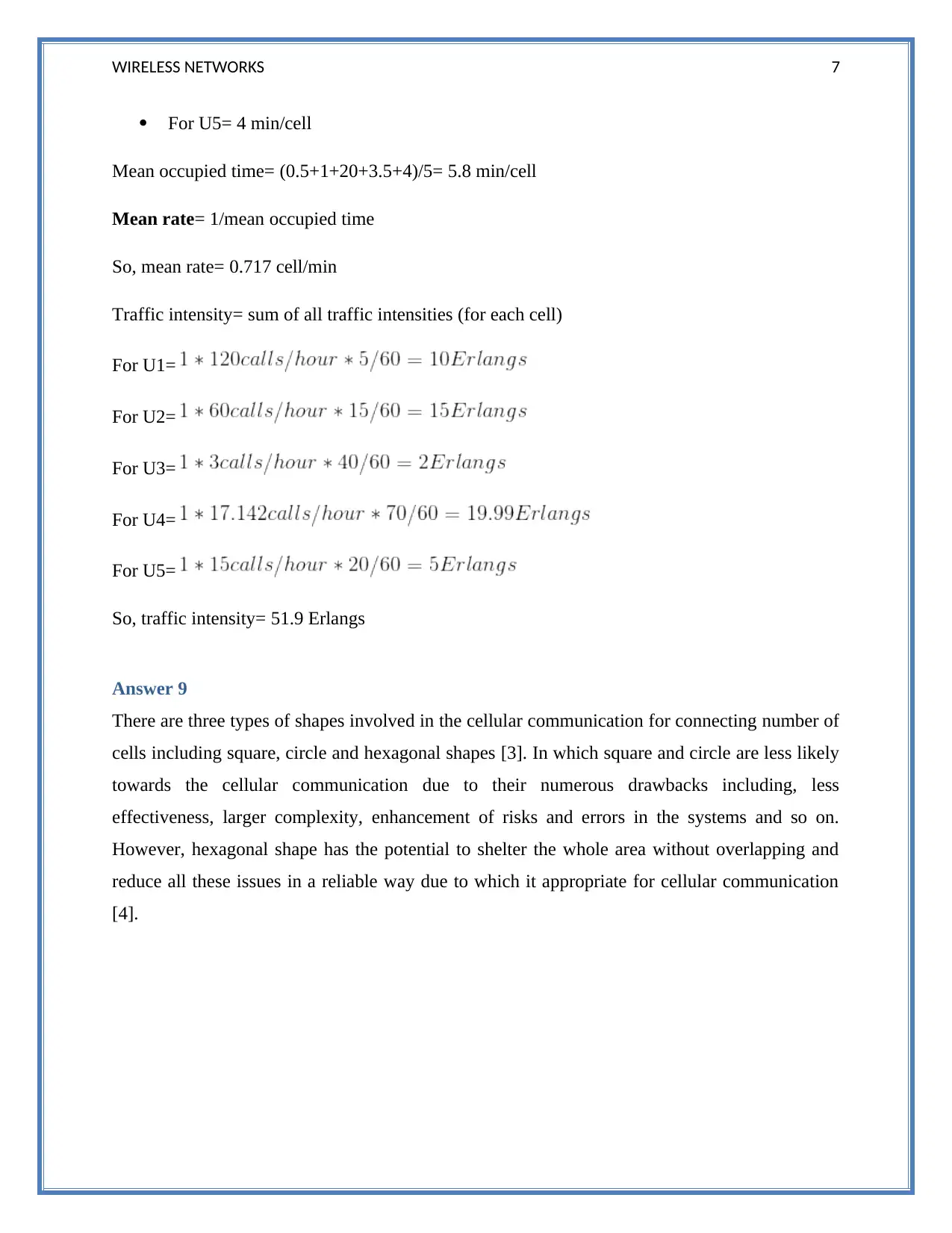
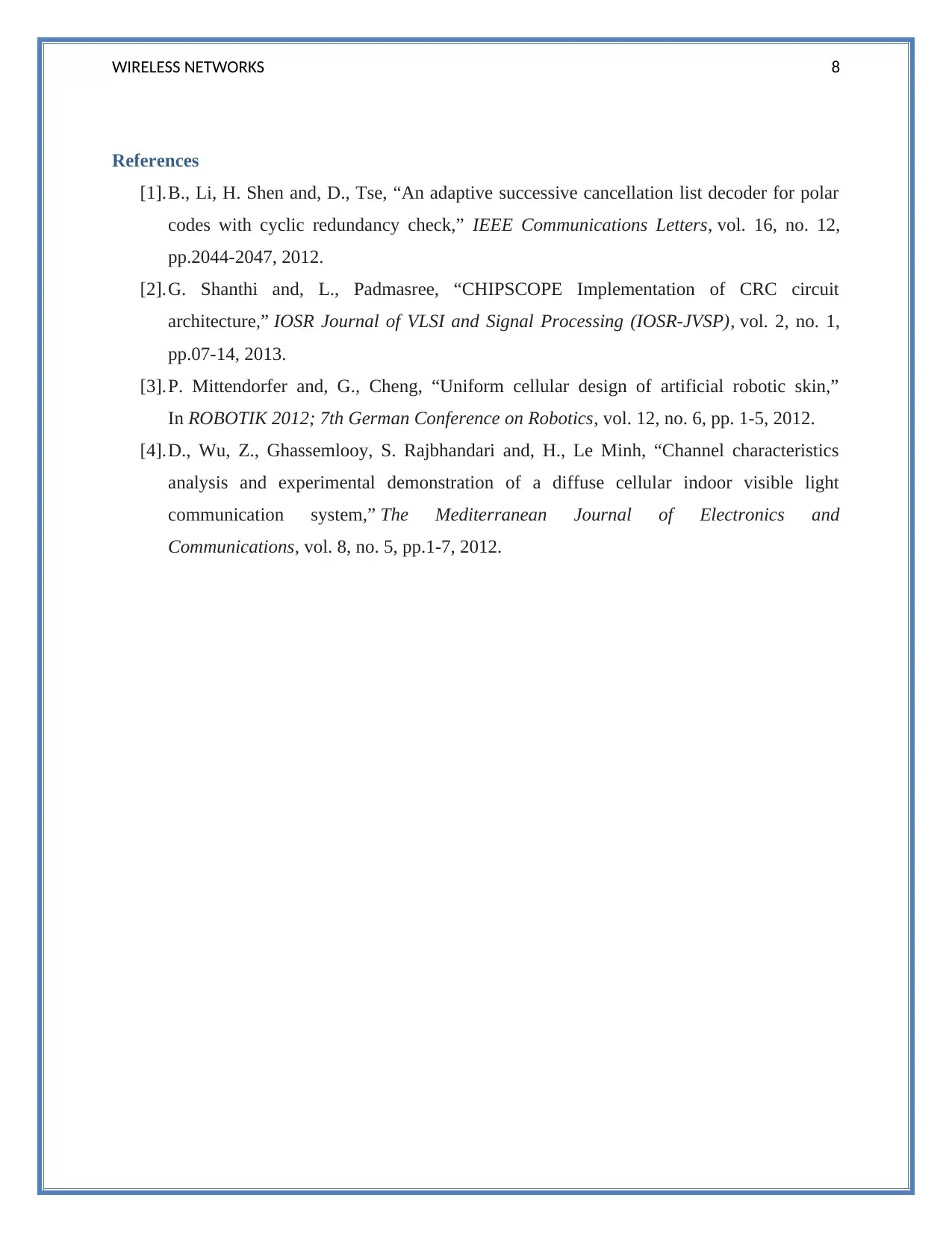






![[object Object]](/_next/static/media/star-bottom.7253800d.svg)